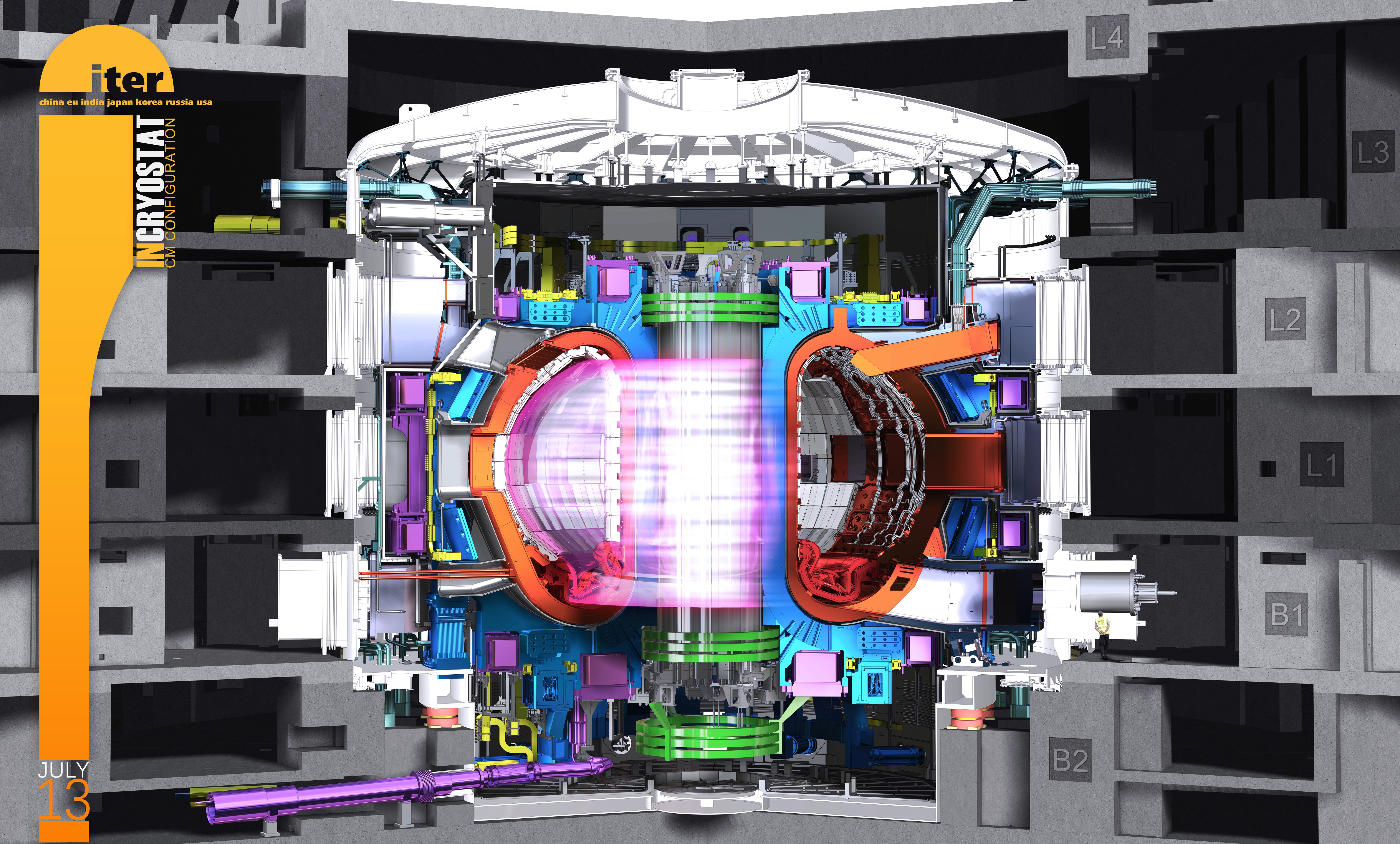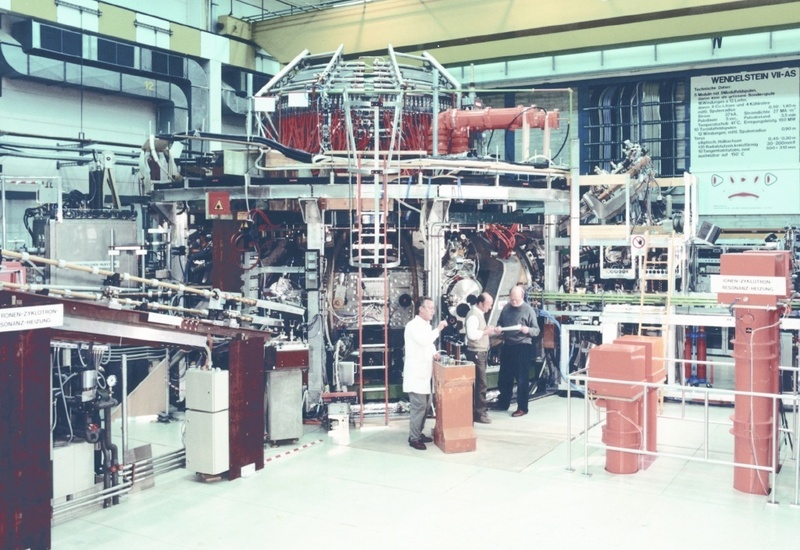Sometimes it takes a fresh pair of eyes to tackle complex problems. That is exactly what happened when DIFFER researcher Matthijs van Berkel used a systems engineering approach to study the heat transport in a fusion plasma. He shook up the fusion physics field with his surprising conclusion that the physics occurring during the heating process can be explained with a much simpler model than assumed before.
In order to make fusion occur, the hydrogen fuel has to be heated to temperatures above 100 million degrees Celsius, turning matter into a hot, charged gas called plasma. One of the heating mechanisms used to achieve these unprecedented temperatures works somewhat like a microwave oven: high frequency electromagnetic waves are sent into the plasma, where they lead to an increase in the velocity of charged particles. This effectively translates into an increase in their temperature.

fusion conditions in their reactors, they need to carefully manage the state
of the hot plasma inside the reactor. image: iter.org
Toward reasonable price
‘To make fusion energy a success, ultimately we will have to develop a fusion reactor that generates electricity at a reasonable price per kilowatt hour. When the plasma heating process is suboptimal, the efficiency drops dramatically, pushing up the prices. A good fundamental understanding of the heating processes is vital to optimize this,’ Van Berkel explains the worldwide interest in this subject.

The DIFFER researcher has a background in Mechanical Engineering, and looked at the heating process from a control perspective. ‘From our point of view, it doesn’t really matter which physical process we have to control. As control engineers we regard every process as a separate box that transforms a given input in a certain output. So I am mainly interested if the box indeed describes what we measure when we change the input somewhat.’
Inconsistency in results
Van Berkel used this line of reasoning to analyze a series of measurements conducted by a highly respected fusion group in Japan. He noticed that their claims about the physical heating transport mechanisms that should occur to explain their results, could not be true. ‘They observed a certain hysteresis which they explained by assuming some complicated physical mechanism called non-localized transport. But this idea did not lead to the output signal you would expect from a control engineering perspective. So I did an experiment to validate their results, and found out that their measurements could be explained by a much simpler phenomenon, as long as you assume an imperfection in the heat source.’
Find the source
Van Berkel developed a model that is able to distinguish the influence of the heat source from that of the plasma behavior on the measurements. ‘Physicists often assume a perfect heat source, which dissipates the vast majority of its heat in a designated small volume of the plasma. But I argued that in practice, this is not necessarily true. Heat sources are never perfect, and parts of the heat can end up in other sections of the plasma, leading to many of the effects that previously were attributed to non-localized transport.’

from the German Wendelstein 7-AS stellarator,
the predecessor of the current Wendelstein 7-X.
image: IPP Greifswald
Perseverance
Since Van Berkel’s insights challenged the commonly accepted explanation of plasma heating and transport behavior, it took him a lot of perseverance to get his system engineering ideas accepted by the fusion community. ‘Since I am not a physicist by training, people thought that I just didn’t understand what was going on. I have written lots of letters to editors and to respected fusion physicists to prove that my experiments and models are correct.’
Solid mathematical base
It helped a great deal that Van Berkel based his model on solid mathematical proofs, he says. ‘Early on, I teamed up with a mathematician to make sure my models would be sound, since mathematics is a language physicists understand and respect. So every time I tried to publish a paper and it got rejected, I was able to counter arguments of the peer reviewers with mathematical proofs, which are verifiably true as long as the used assumptions of the proof cannot be challenged.’ This approach helped him to slowly but surely get his ideas accepted. When he applied his analysis to older results of a German group, they eagerly responded ‘Great that you’ve found this!' and gave their full support to publish the new results.
Expanding research
During the past three years, Van Berkel managed to get a series of articles published on his systems thinking approach to fusion processes, though it is an ongoing effort to convince the community that it is important to take imperfections in the heat source into account when interpreting experimental results. Now he is also expanding his research into other fields. ‘I love to implement theories from one scientific discipline into another, since I strongly believe that only when you bring together the expertise from different fields, you can achieve disruptive progression. I want to study heating mechanisms for a myriad of other applications, ranging from hypothermic cancer treatments to photochemical solar cells and ASML’s lithography machines.’
Read more
See Matthijs van Berkel’s initial article on heat transport in fusion plasmas
Go to the News page.